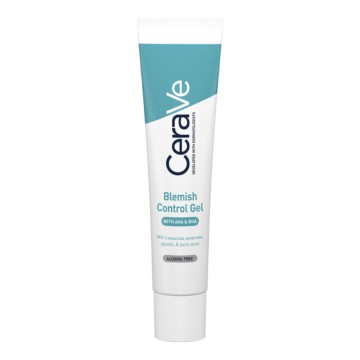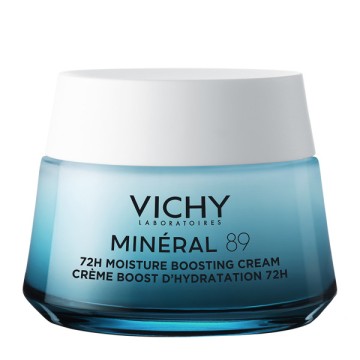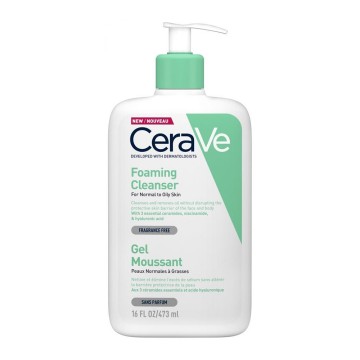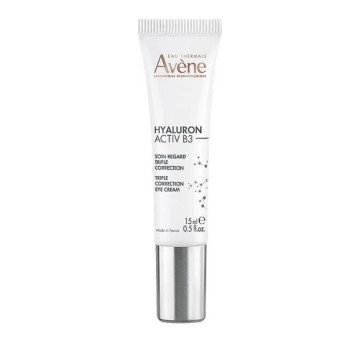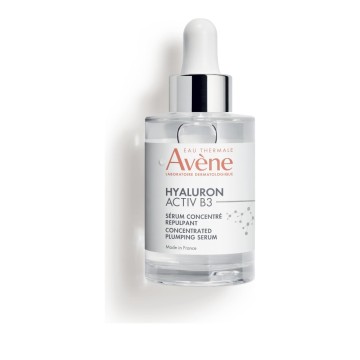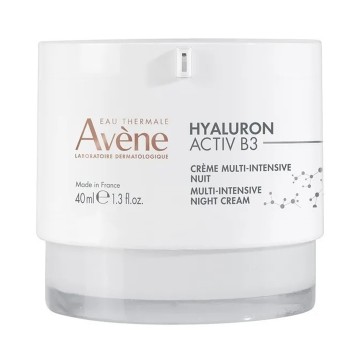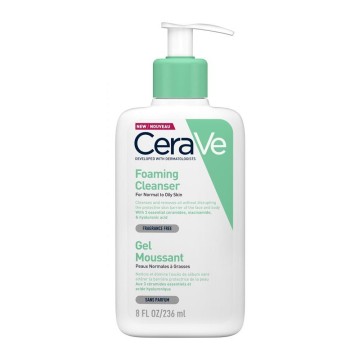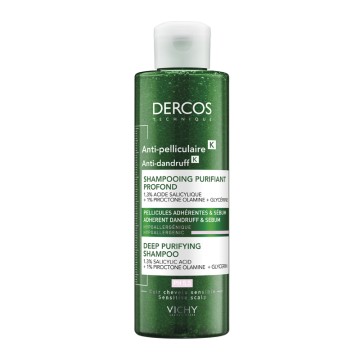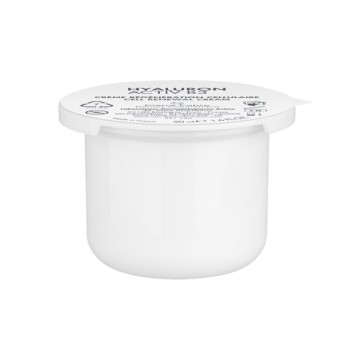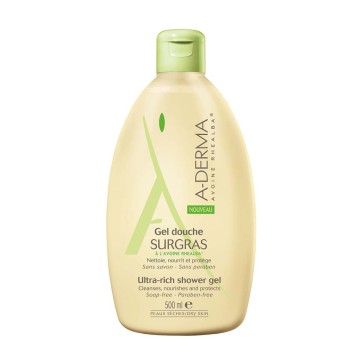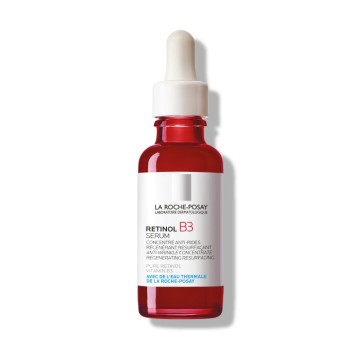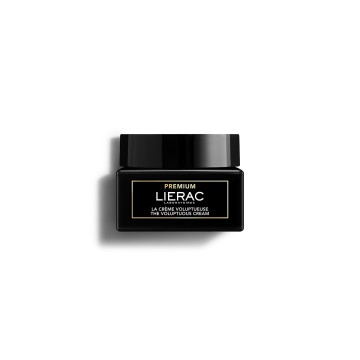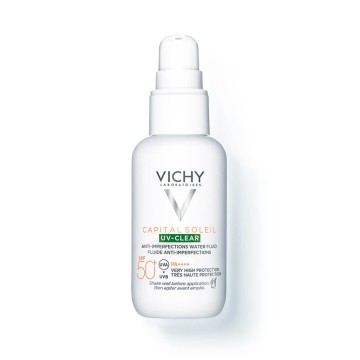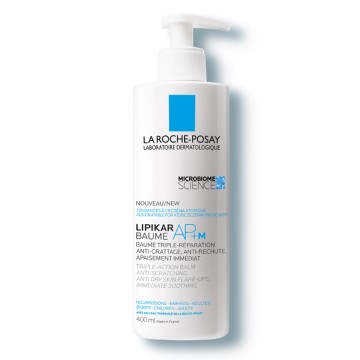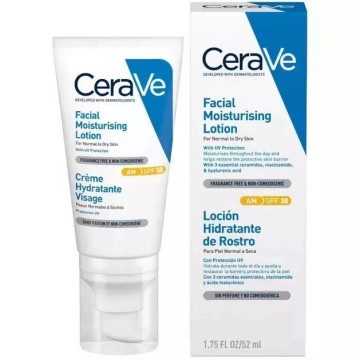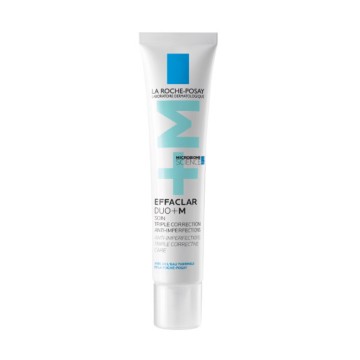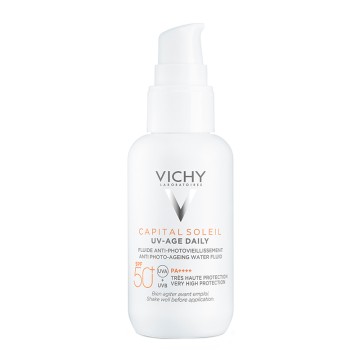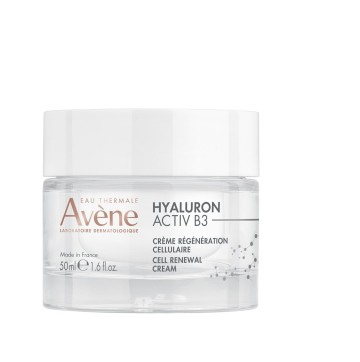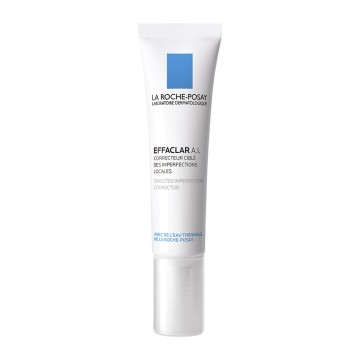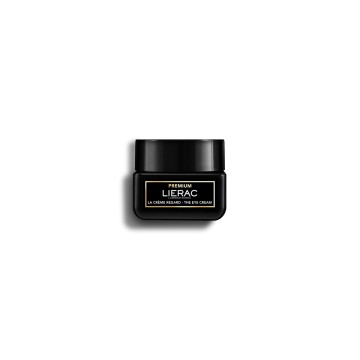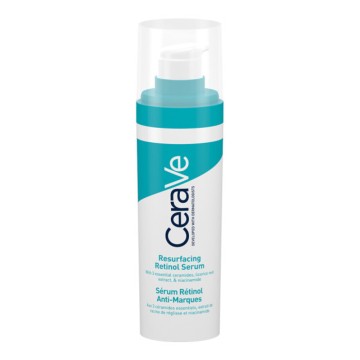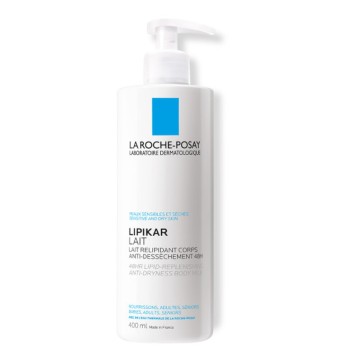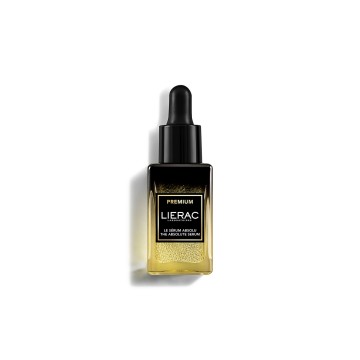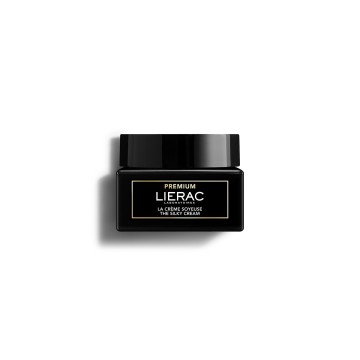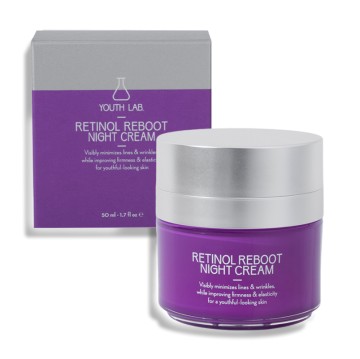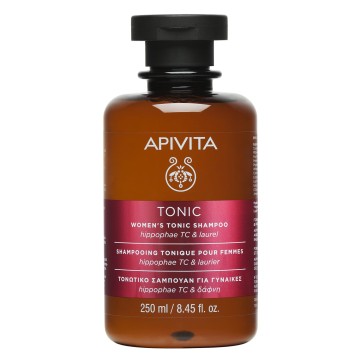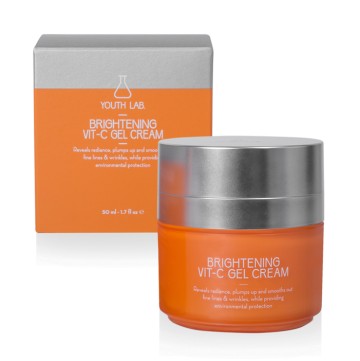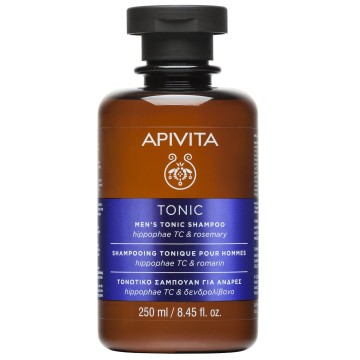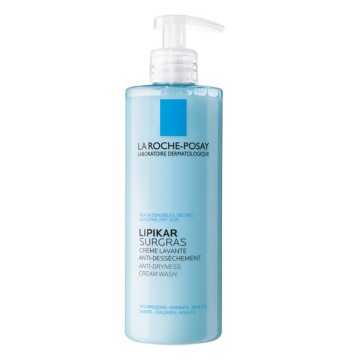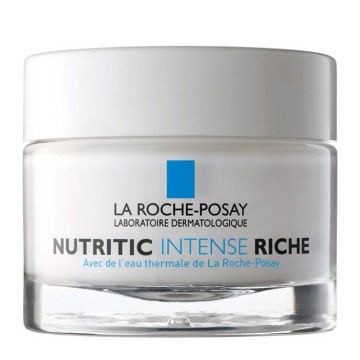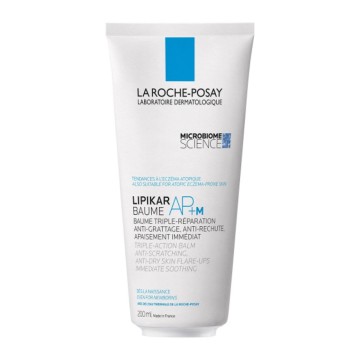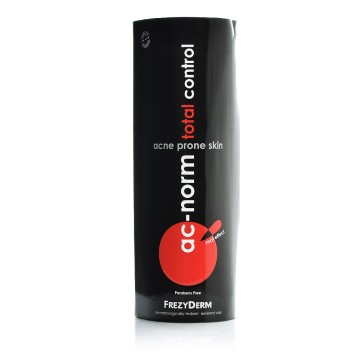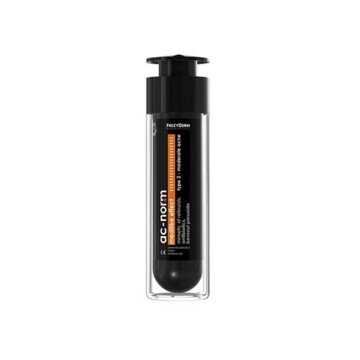Free shipping on orders over 39.00€
Features and Benefits
Η niacinamide is known for its ability to provide multiple benefits to the skin, including:
- Hydration: Helps strengthen the epidermal barrier, promoting hydration.
- Reduction of Redness and Inflammation: Has anti-inflammatory properties that can reduce redness and inflammation.
- Regulation of Sebum Production: Helps control sebum production, preventing acne.
- Reduction of Visibility of Fine Lines and Wrinkles: Contributes to the reduction of fine lines and wrinkles by promoting collagen production.
Niacinamide sources
Η niacinamide it is found in many foods and is also available as a dietary supplement. Sources include:
- Meat
- Ψάρι
- Γάλα
- Eggs
- Green vegetables
- Cereals fortified with vitamins
Side Effects and Interactions
In appropriate quantities, niacinamide is considered safe. However, high doses can cause side effects such as:
- Skin irritation
- Itching
- Redness
Also, the niacinamide may interact with certain medications and supplements. It is important to consult your doctor before adding it niacinamide in your skin care routine or in your diet, especially if you are already taking other medicines.
Niacinamide is considered safe for most people when used properly. However, in some cases it can cause skin irritation, itching or redness, especially in high concentrations. It is important to choose products carefully and consult a healthcare professional before adding new ingredients to your skin care routine or diet.
Η niacinamide is a widely used ingredient in cosmetics and nutritional supplements due to its multiple benefits.
How is niacinamide used?
Niacinamide, also known as nicotinamide, is a form of vitamin B3 that is widely used in skin care due to its multiple benefits. This ingredient can help improve the appearance of pores, reduce fine lines, improve skin's moisture level, reduce redness and hyperpigmentation, and fight acne.
To properly use niacinamide in your skin care routine, follow these steps:
-
Cleanse your skin: Before applying niacinamide, clean your face thoroughly with a facial cleanser to remove any dirt, oil, or makeup.
-
Apply toner (optional): If using a toner, apply after cleansing and before niacinamide.
-
Application of niacinamide: Apply a small amount of niacinamide serum or cream all over the face and neck, avoiding the eye area. Some products may be more concentrated, so follow the directions on the package for the correct amount.
-
Hydration: After niacinamide is absorbed, apply your daily moisturizer to lock in moisture and enhance the benefits of niacinamide.
-
Sun protection (during the day): If you apply niacinamide in the morning, don't forget to apply sunscreen after your moisturizer to protect your skin from UV radiation.
Η niacinamide can be used daily, so the morning as well as evening, depending on your preferences and the needs of your skin. It is important to observe how your skin reacts to the product and adjust its use accordingly.














